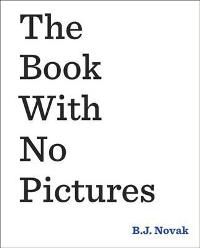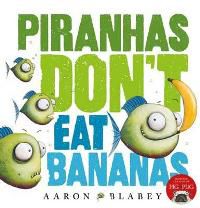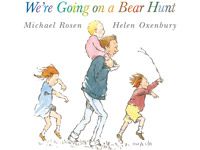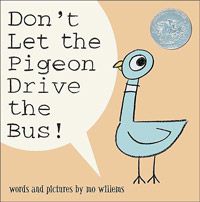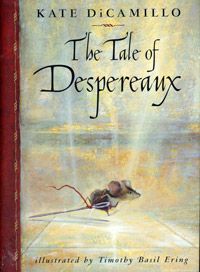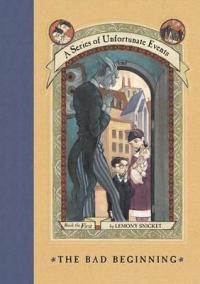‘You’re never too old, too wacky, too wild, to pick up a book and read to a child’ – Dr Seuss
Recent studies have shown the importance of reading aloud to kids; even once they’ve started reading to themselves. It’s not just a great bonding experience, but one that is important for building literacy, developing vocabularies, increasing attention span, and encouraging children to see reading as a pleasure rather than a chore.
In honour of World Read Aloud Day, here are some of our favourite books to share…
The Book With No Pictures by B.J. Novak
B.J. Novak is a Harvard educated stand-up comedian who’s best known for his work with The Office, and his brilliant The Book With No Pictures is an obvious choice for this list. This witty and supremely clever book is specifically designed for storytime, and uses the power of narration to manipulate the person reading aloud into making silly noises and ridiculous statements. Because, as every kid knows: ‘Everything the words say, the person reading the book has to say. No matter what.’
Piranhas Don’t Eat Bananas by Aaron Blabey
Bryan the Piranha likes the old banana. When he offers his mates some peas they say they’d rather eat knees. They don’t like beet, they much prefer feet. And no thanks to plums they like to eat… well, you get the drift. This rhyming picture book from Australian author-illustrator Aaron Blabey will have everyone giggling in no time.
We’re Going on a Bear Hunt by Michael Rosen and Helen Oxenbury
There’s a reason this 1989 picture book has remained such a stalwart favourite for reading aloud. The rolling, rhythmic text has a repetitiveness that encourages kids who are just on the verge of independent reading to join in along the way. The sound effects – ‘Squelch squerch! Squelch squerch!’, ‘Swishy swashy! Swishy swashy!’ – are fun to say, even if you’re the kind of person who gets a bit sheepish making silly voices during storytime.
Don’t Let the Pigeon Drive the Bus by Mo Willems
Mo Willems’ Pigeon is one of the most irrepressible characters in contemporary children’s books. With major impulse control issues and a total inability to accept the word ‘no’ he’s basically the avian version of a toddler. This is probably why it’s so darn enjoyable to read Don’t Let the Pigeon Drive the Bus with very little people. The bus driver has given you, the reader, express instructions not to let the Pigeon drive the bus, but you’ll find it hard to keep saying no as he tries every trick in the book (‘I’ll be your best friend’, ‘I bet your Mum would let me’) to wheedle you into saying yes.
The Tale of Desperaux by Kate DiCamillo and by Timothy Basil Ering
A deceptively simple fairytale about a tiny mouse who saves a princess, The Tale of Desperaux is a beautifully-written story that celebrates empathy and the importance of standing up for things you believe in. The old-fashioned, ‘And then, dear reader’, narrative style lends itself perfectly to bedtime reading, and both the plot and characters are deep and multi-layered enough that an older sibling might just prick up their ears during storytime.
A Series of Unfortunate Events by Lemony Snicket
The tragic (hilarious) story of the three Baudelaire children and their attempts to escape the clutches of the evil Count Olaf is well known by now. The books are fabulously self-referential – the narrator regularly breaks the third wall with little asides about his own life. Throughout the series Snicket plays with language, using alliteration, portmanteaus and phonics, as well as his own remarkably adept definitions of words and phrases. Here’s just one example of many: ‘“Feet of clay” is an expression which refers to a person who appears to be honest and true, but who turns out to have a hidden weakness or a treacherous secret. If someone turns out to have feet of clay, your opinion of them may topple, just as a statue will topple if its base turns out to be badly constructed.’


